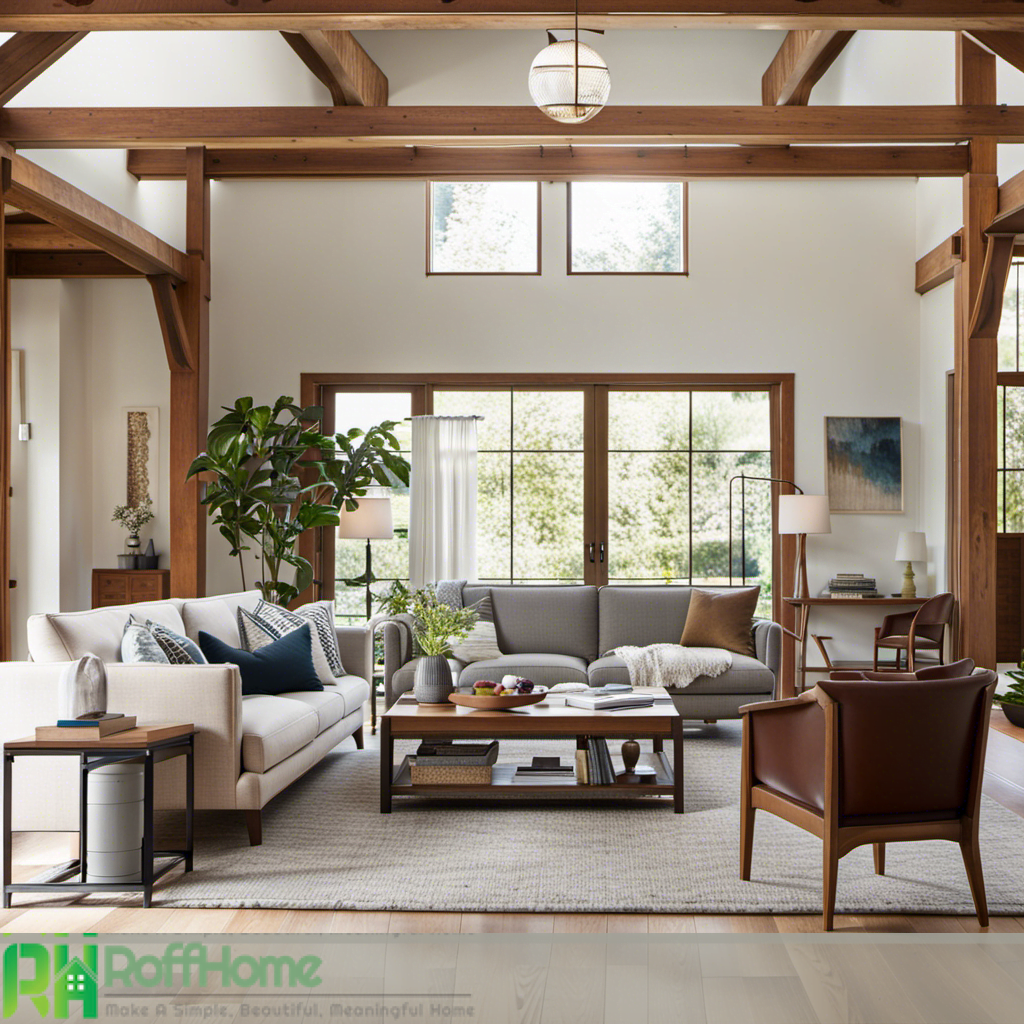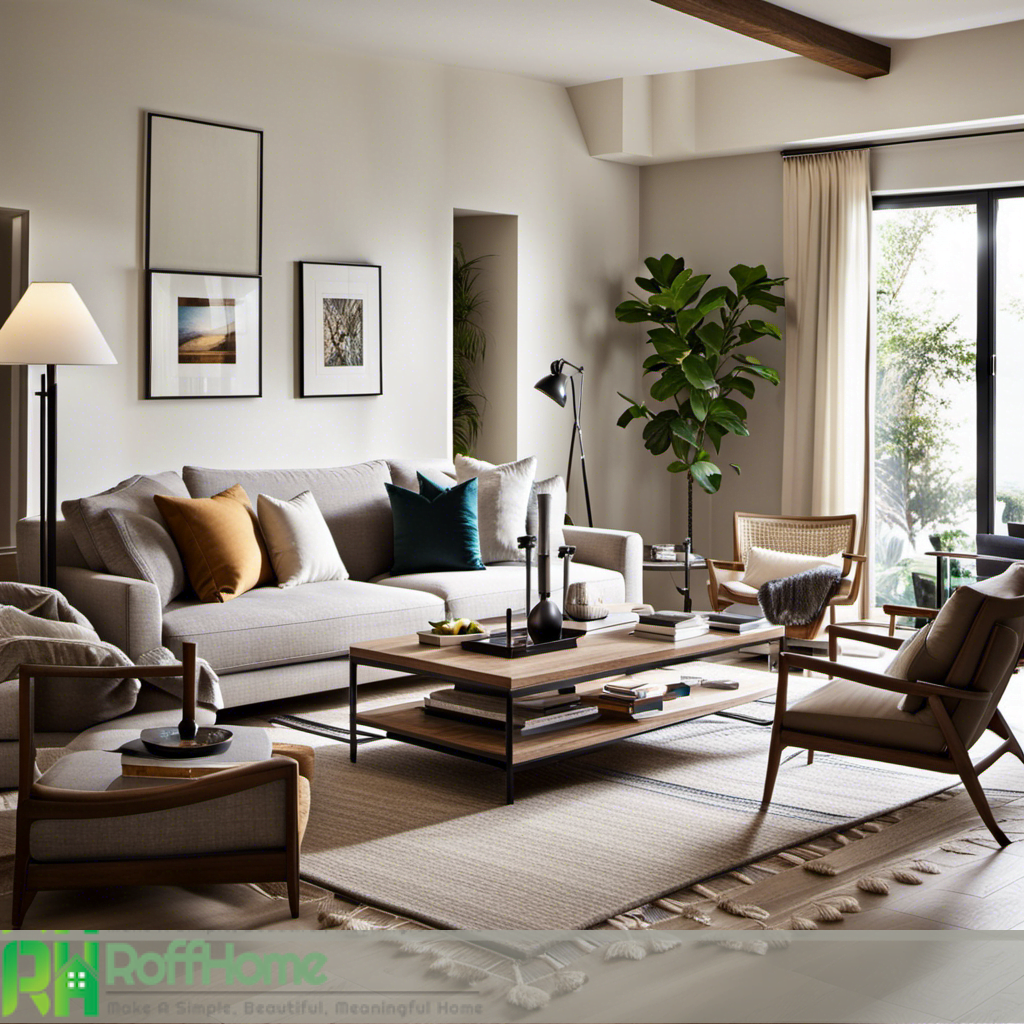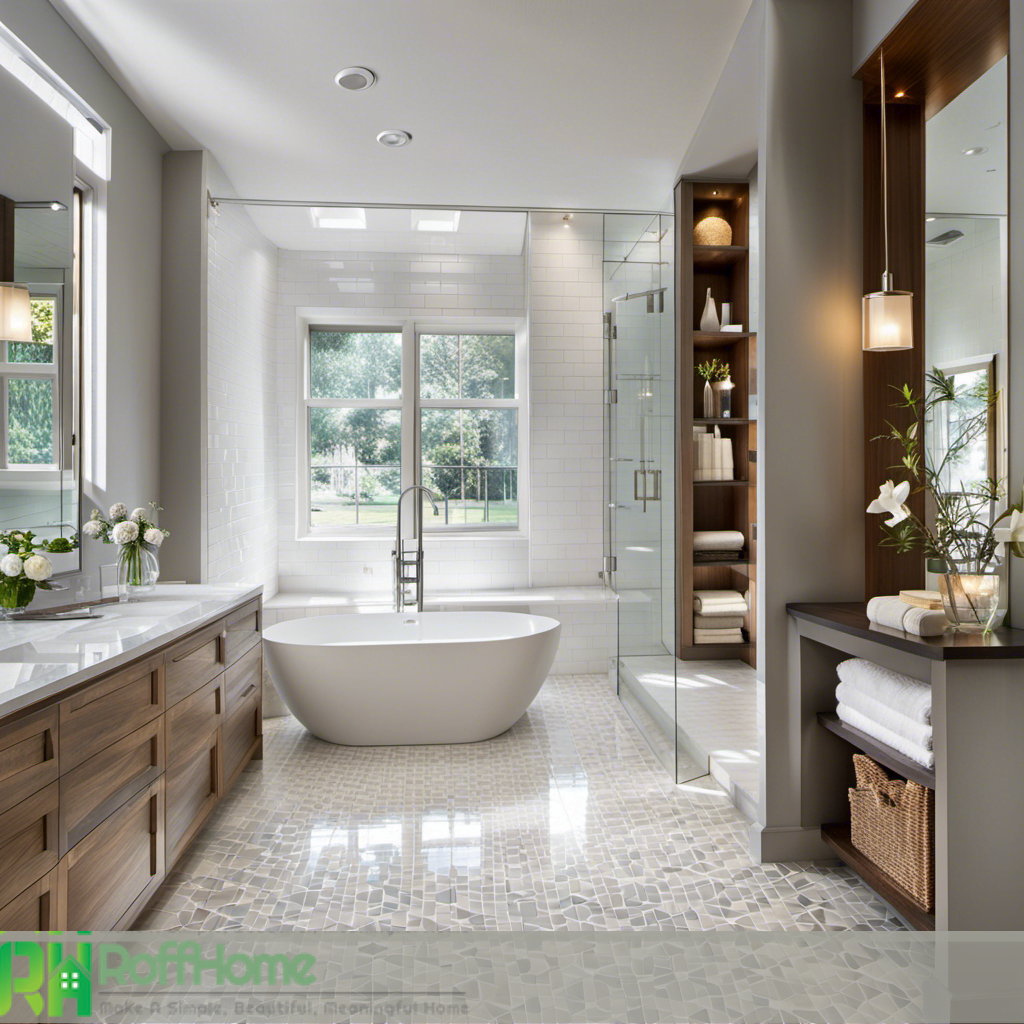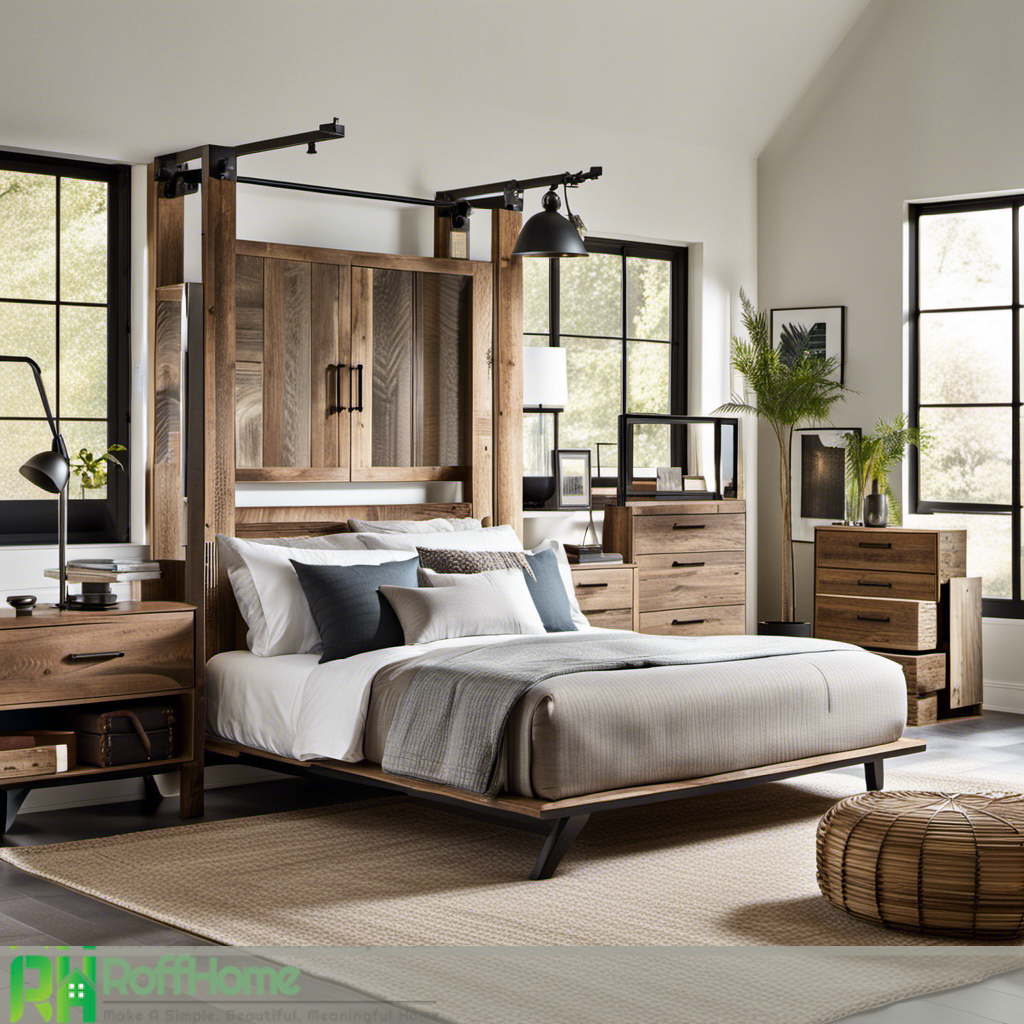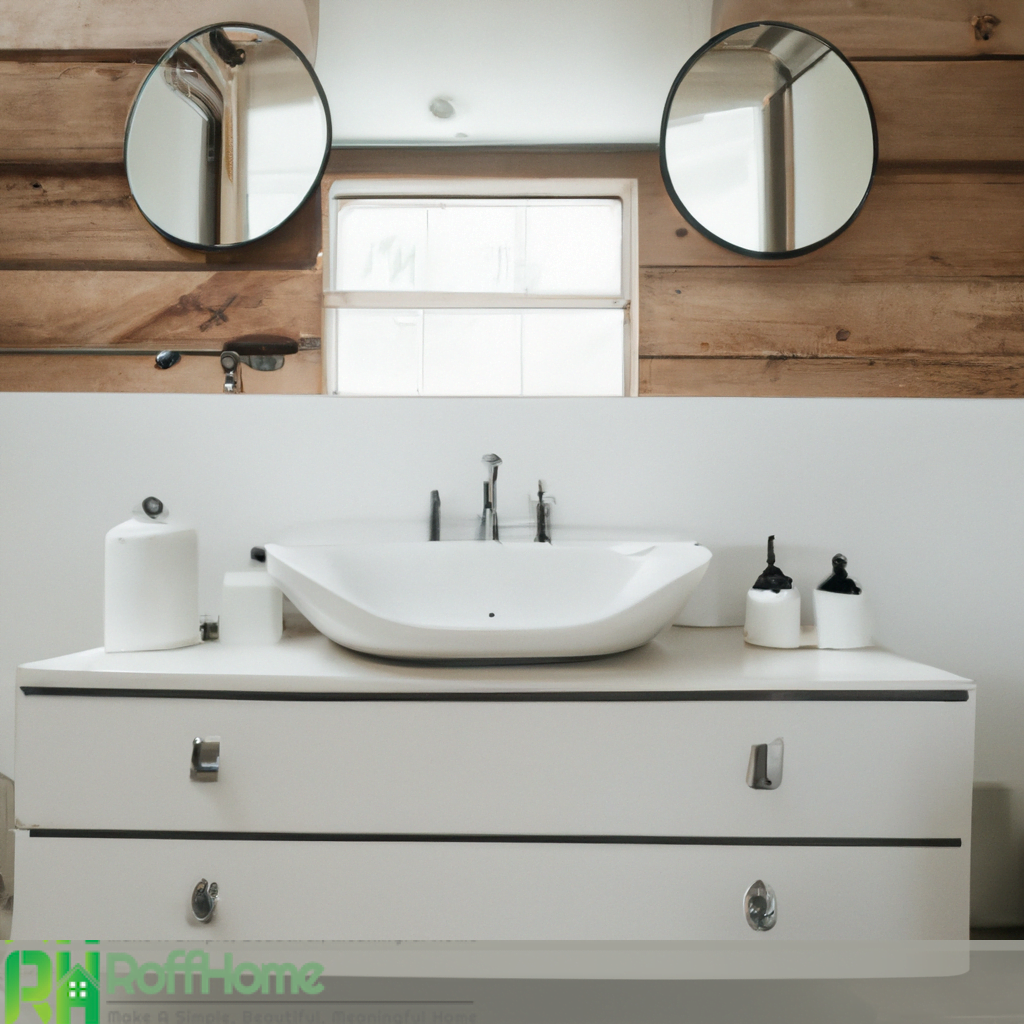Discover the Best Modern Interior Altar Designs for Your Home | Elevate Your Decor Today
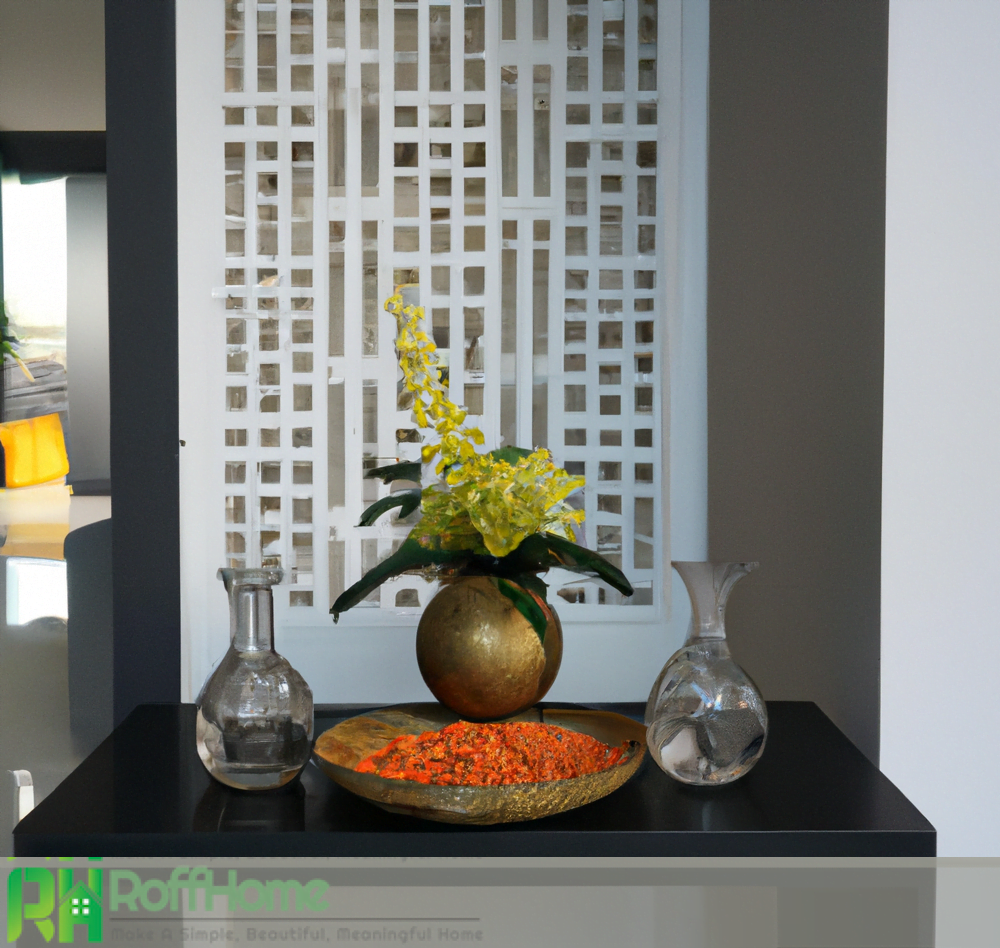
Interior altar design has become more than just a way to make a space aesthetically pleasing. It has also become a way to infuse personal beliefs, spirituality, and culture into one’s environment. One of the most popular ways incorporate these elements is through modern altar designs for the home.
An altar is a sacred space where one can practice meditation, prayer, or reflect on their beliefs. In a home setting, it can serve as a reminder of one’s spirituality or cultural traditions. Modern altar designs take this concept a step further by incorporating contemporary elements.
When creating a modern altar design for the home, it is essential to consider the location, materials, colors, and symbolism. The altar should be placed in a suitable and meaningful location. The materials and colors used should reflect the individual’s style and beliefs. Symbolism can be added through the use of objects that hold special meaning.
Minimalist designs can create a functional and aesthetically pleasing altar in small spaces. Lighting and ambiance can also be incorporated to enhance the atmosphere of the space. Natural elements, such as plants or stones, can create a sense of harmony and connection to the earth.
Overall, modern altar designs for the home express personal spirituality, cultural traditions, and creativity. They can inspire mindfulness and serve as a reminder to connect meaningfully with one’s beliefs and values.
Designing an Interior Modern Altar for Small Spaces
Designing a modern interior altar design for small spaces can be challenging, but it is certainly not impossible. Designing an altar for a smaller space can be an excellent opportunity to create a minimalist and functional design that still provides a spiritual reflection and meditation space.
When designing a modern interior altar design for small spaces, the location is first to consider. It is essential to choose a location that is practical and provides a sense of calm and serenity. This could be a corner of a room, a shelf, or even a small table.
Next, consider the materials and colors to be used. A minimalist design should utilize simple, clean lines and neutral colors. Wood, stone, and metal are all great options for materials. The altar can also incorporate items with personal significance, such as photographs, candles, or figurines. However, it is important not to overcrowd the space with too many items.
Lighting and ambiance are also essential considerations. The altar should be well-lit to create a calming and peaceful atmosphere. Natural light is ideal, but lamps or candles can also create the desired effect.
Finally, it is essential to personalize the altar to reflect one’s individual beliefs and spirituality. This could be done through symbols or objects that hold personal significance. Incorporating natural elements, such as plants or crystals, can also create a connection to the earth and enhance the spiritual atmosphere of space.
Designing a modern interior altar for small spaces requires careful consideration and attention to detail. By creating a minimalist and functional design that incorporates personal elements and provides a space for spiritual reflection, even the smallest spaces can become a meaningful and peaceful sanctuaries.
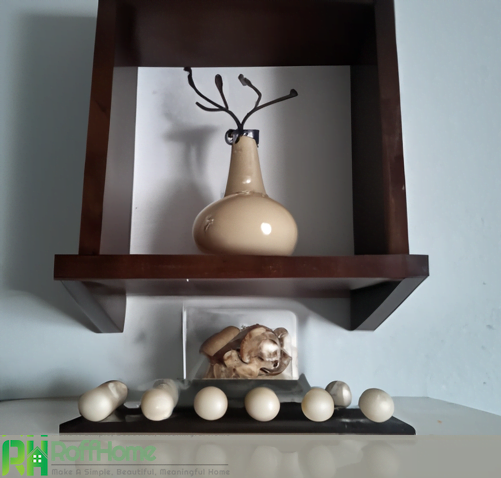
The history and evolution of altar designs in modern interior spaces
The use of altars in interior design has a long and rich history that dates back to ancient times. In many cultures and religions, an altar is a sacred prayer, meditation, or worship space. Cultural, religious, and social factors have shaped the evolution of altar designs in modern interior spaces.
In ancient times, altars were often simple and functional, made of stone or wood, and placed in a central location. As architecture and design evolved, so did the design of altars. In medieval times, altars became more ornate and elaborate, incorporating intricate carvings and decorations.
In the 20th century, modernism and minimalism significantly impacted altar design. Altars became more streamlined and functional, emphasizing simplicity and practicality. Steel, glass, and concrete were often used to create sleek and modern designs.
In recent years, the use of altars in interior design has become more personalized and reflective of individual beliefs and spirituality. Modern altar designs incorporate various materials, colors, and symbolism, reflecting the diversity of cultures and beliefs.
The evolution of altar designs in modern interior spaces has also been shaped by social factors, such as the trend toward eco-friendliness and sustainability. Many modern altar designs incorporate natural elements, such as plants and stones, to create a connection to the earth and promote mindfulness.
Combining Traditional and Modern Elements in Interior Altar Design
Combining traditional and modern elements in interior altar design can result in a beautiful and meaningful space that reflects both the past and present. Traditional elements can provide a sense of history and cultural significance, while modern elements can add a touch of contemporary flair.
One way to incorporate traditional elements into modern altar design is through cultural symbolism. This can be achieved using traditional materials, such as wood or stone, or by incorporating cultural symbols, such as a mandala or a prayer wheel.
Another way to combine traditional and modern elements is through color. Traditional colors such as gold, red, and green can be combined with more modern colors such as white, gray, or black to create a unique and harmonious color scheme.
Integrating natural elements, such as plants or flowers, is another way to combine traditional and modern elements in altar design. Incorporating natural elements provides a sense of peace and serenity and connects the altar to the natural world.
When combining traditional and modern elements in altar design, it is essential to maintain a balance between functionality and aesthetics. The altar should be visually appealing and provide a space for spiritual reflection and meditation.
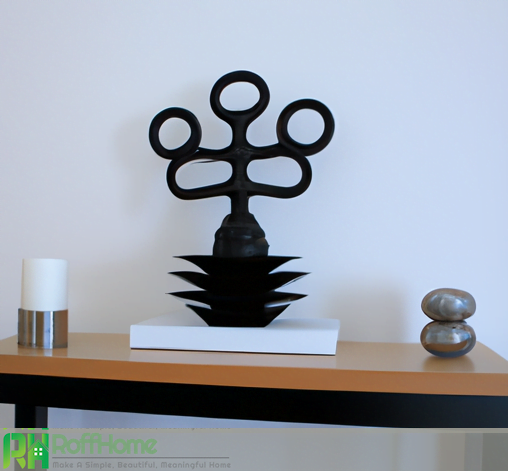
Creating a Minimalist Interior Modern Altar for Home
Creating a minimalist interior modern altar for the home can provide a peaceful and serene space for meditation and spiritual reflection. The key to designing a minimalist altar is to focus on simplicity and functionality while incorporating a few significant elements.
The first step in creating a minimalist altar is to choose a quiet and peaceful location. It can be a corner of a room, a shelf, or a table, as long as it is a dedicated space for spiritual practice. When designing a minimalist altar, it is essential to keep the space clutter-free, with only a few carefully chosen elements.
One of the essential elements of a minimalist altar is using natural materials, such as wood or stone. These materials provide a sense of peace and harmony and add a touch of nature to the space. The color palette should also be kept simple, with muted tones or natural shades promoting calmness.
In terms of functionality, a minimalist altar should provide a space for spiritual practice, such as meditation or prayer. A comfortable cushion or mat can sit or kneel, while a small table or shelf can hold candles, incense, or other meaningful objects.
When designing a minimalist altar, focusing on the few elements most meaningful and relevant to one’s spirituality is essential. These could include a small statue or symbol, a meaningful quote or mantra, or a simple vase of flowers.
The critical elements of modern altar designs for home interiors
Modern altar designs for home interiors can be a beautiful and meaningful addition to any space. Several vital elements are essential when designing a modern altar, including location, materials, colors, symbolism, and personalization.
The first element to consider when designing a modern altar is the location. The altar should be in a quiet, peaceful location dedicated to spiritual practice. This could be a corner of a room, a shelf, or a table, as long as it is a dedicated space for spiritual reflection.
The materials used in modern altar design can also significantly impact the overall aesthetic and feel of the space. Natural materials like wood or stone can provide a sense of calm and harmony, while more modern materials, such as metal or glass, can add a contemporary flair.
Colors are also an essential element of modern altar design. Traditional colors, such as gold, red, and green, can be combined with more modern colors, such as white, gray, or black, to create a unique and harmonious color scheme.
Symbolism is another crucial element of modern altar design. Incorporating symbols or objects with personal or cultural significance can add meaning and depth to the space. For example, a statue of a deity, a meaningful quote or mantra, or a traditional ritual object can all add to the altar’s symbolism.
Finally, personalization is an essential element of modern altar design. The altar should reflect the individual’s personal beliefs and spirituality and incorporate meaningful and relevant elements to their practice.
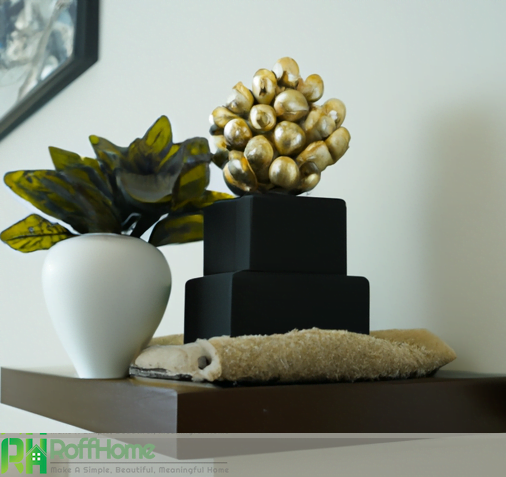
Modern altar designs creative and cost-effective ways to design your altar for a modern home.
Designing a modern altar for a home can be a beautiful and meaningful project. There are several creative and cost-effective ways to make your altar design that reflects your spirituality and style.
One way to create a modern altar design is to repurpose items you already have in your home. For example, a small table or shelf can be used as the altar’s base, while items such as candles, stones, or small figurines can create a personalized display. You can create a unique and meaningful altar without spending much money using items you already own.
Another creative and cost-effective way to make your modern altar design is to incorporate elements from nature. For example, branches, stones, or flowers can create a natural and calming aesthetic. This can be especially effective for those who prefer a minimalist or naturalistic style.
For those more artistically inclined, creating your altar art can be a beautiful and creative way to personalize your altar. This could include painting or drawing a meaningful symbol or image or creating a mixed-media piece incorporating natural materials or found objects.
Finally, incorporating lighting and ambiance can be a cost-effective way to add depth and meaning to your modern altar design. Soft lighting, such as candles or string lights, can create a calming and peaceful atmosphere while incorporating elements such as incense or essential oils can add a sense of ritual and spirituality.
Maintaining and Updating Interior Modern Altar Design over Time
Designing and creating a modern interior altar for the home can be a profoundly personal and meaningful experience. Once the altar is in place, it is essential to maintain and update it over time to keep it in line with your spiritual and personal growth. Here are some key considerations when maintaining and updating your modern interior altar design.
First, it is essential to regularly clean and dust the altar to keep it looking fresh and new. This helps maintain the positive energy and intention of the space.
Second, as you grow and change, updating your altar to reflect these changes is essential. This could mean adding or removing items from the altar or adjusting the placement of existing items. As your spiritual practice evolves, your altar should reflect these changes.
Third, consider incorporating new elements into your modern altar design over time. This could include new ritual objects, symbols, or personal or spiritual significance images. It is important to remember that the altar reflects your journey, so it should evolve as you do.
Fourth, it can be helpful to periodically refresh the altar’s design to keep it looking new and vibrant. This could include updating the altar’s colors, materials, or overall layout.
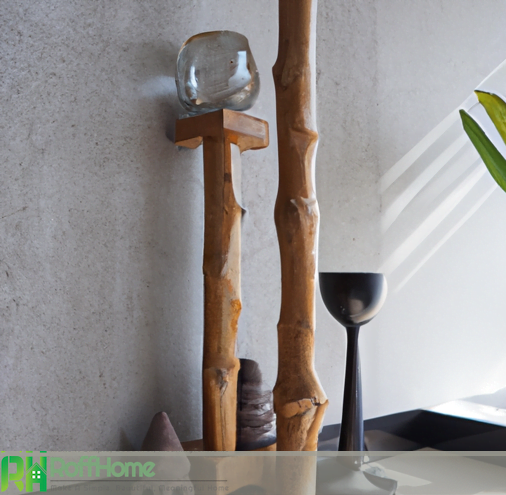
Tips for incorporating lighting and ambiance into altar design
Incorporating lighting and ambiance into interior altar design is essential to creating a peaceful and meaningful space for spiritual reflection and meditation. Here are some tips for effectively incorporating lighting and ambiance into your interior altar design:
Choose the proper lighting: The lighting for your altar should be soft and calming rather than bright and harsh. Candles or string lights are great options for creating a soft.
Consider the location of your altar: The location of your altar can significantly impact the lighting and ambiance of the space. Consider placing your altar in a spot that receives natural light during the day or where you can control the lighting with shades or curtains.
Use natural elements: Natural elements, such as stones or plants, can help to create a calming and peaceful ambiance for your altar. Consider incorporating natural elements into your design to create a sense of grounding and connection to nature.
Experiment with scents: Incense or essential oils can be a great way create a sense of ambiance and ritual in your altar space. Experiment with different scents to find one that resonates with you and your spiritual practice.
Please keep it simple: Less is often more when creating ambiance in your altar space. Avoid cluttering space with too many decorative elements, and instead, focus on creating a simple, peaceful atmosphere that allows you to connect with your spiritual practice.
In conclusion, designing a modern interior altar for the home can be a profoundly personal and meaningful experience. Whether you incorporate traditional or contemporary elements, the key is to create a space that reflects your spiritual journey and inspires a sense of peace and tranquility.

